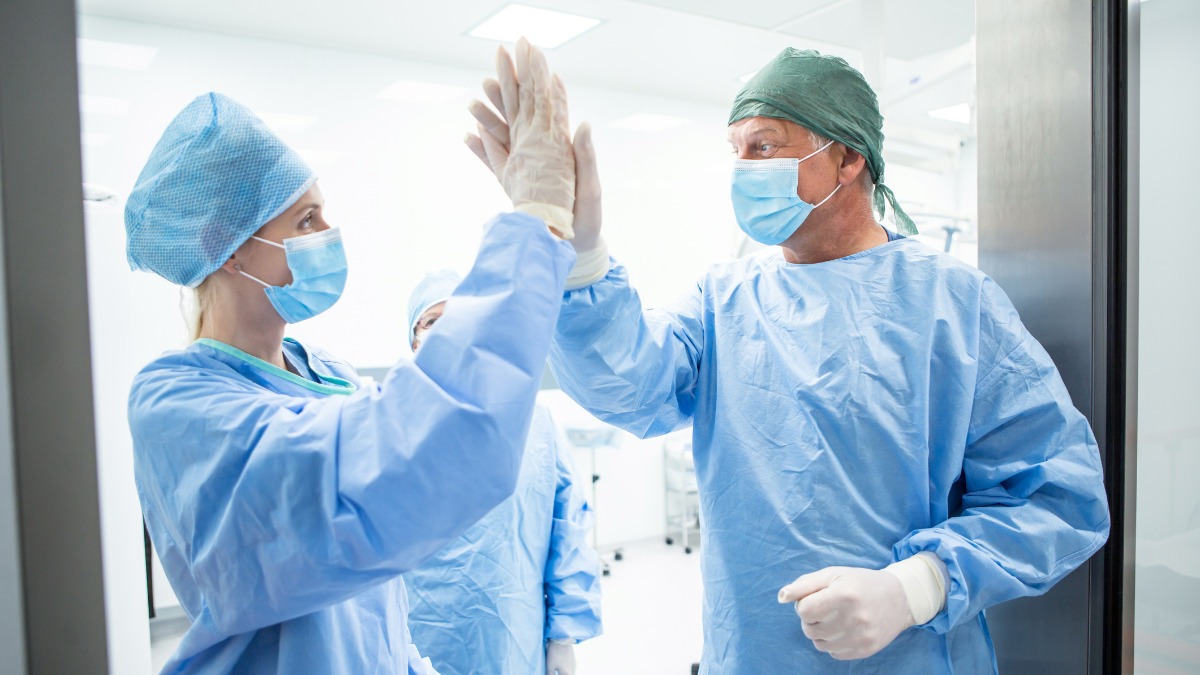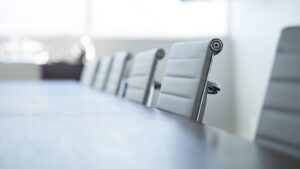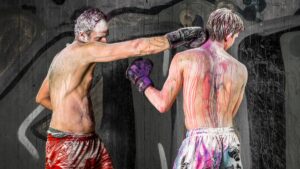Aroa looks to save lower limbs with Myriad

Aroa is targeting the lower-limb surgical salvage market with Myriad. Pic via Getty Images
- Aroa targeting growing lower-limb surgical salvage market with Myriad products
- Sales of Myriad have surged – NZ$14.8m during H1 FY25, up 45% on previous corresponding period
- Aroa’s peer-reviewed study accepted for publication by Plastic and Reconstructive Surgery – Global Open
Special Report: Aroa Biosurgery is targeting the growing lower-limb surgical salvage market with its Myriad family of products, which have been a strong performer for the company and can be used in a wide range of surgical procedures where tissue needs to be rebuilt.
New Zealand-based soft-tissue repair company Aroa Biosurgery (ASX:ARX) said people with poor vascularity, such as diabetics can be prone to chronic non healing wounds and are more susceptible to amputation.
Studies show the five-year mortality rate for patients receiving a lower limb amputation can be up to ~50%.
Furthermore, the five-year mortality and direct costs of care for people with diabetic foot complications are comparable to cancer.
Lower-limb salvage is surgical procedure aiming to preserve a limb while treating a condition threatening its loss to restore stability and the ability to walk.
Aroa said the total market in the US for these procedures was US$225 million.
Myriad a strong performer for Aroa
Aroa’s Myriad products are a key component of the company’s growing range of soft-tissue repair products based on the source material of ovine forestomach matrix (sheep rumen), which provides a scaffold – or framework – for new tissue to build.
The forestomach matrix is processed and sterilised to remove DNA and cells, leaving the tissue scaffold – the extracellular matrix (ECM).
Aroa said the ECM has a dense network of vascular channels, a similar structure to human skin and contains more 150 proteins known to be important in the healing process.
There are three key Myriad products including:
- Myriad Matrix – an extracellular matrix graft, indicated for use in soft tissue reconstruction and complex wounds.
- Myriad Morcells – a morcellised version of Myriad Matrix that conforms to optimise contact with irregular wound beds.
- Myriad Morcells Fine – a morcellised conformable ECM graft that can be used either by itself or synergistically with Myriad Matrix
The use case for Myriad products includes treating complex and chronic wounds, such as diabetic ulcers, venous ulcers and pressure ulcers.
Myriad can also be used for acute reconstruction such as trauma, tumour removal, general surgery and some of the inflammatory skin diseases.
Myriad products are a strong performer for Aroa, accounting for 38% of total sales and 72% of its direct sales mix in H1 FY25.
Sales of the product range surged to NZ$14.8m during the half year, up 45% compared to the previous corresponding period.
Aroa ended H1 FY25 with 265 Myriad active accounts, up from 218 at the end of FY24.
Addressing complexities of lower limb salvage surgery
Aroa medical science liaison Dr Brandon Bosque is a US-based foot and ankle surgeon with extensive training and experience in surgical reconstruction, complex wounds and limb salvage.
“The lower extremity world can be very challenging in terms of the defect and the patient cohort affected,” Bosque said at Aroa’s recent investor day.
A 2023 study evaluated the use of Myriad products in the surgical reconstruction of 50 cases comprised of challenging lower-extremity defects from seven healthcare centres.
The retrospective case series found that Myriad was a safe, cost effective and clinically efficacious treatment for complex lower-extremity reconstruction procedures.
Myriad MASTRR study accepted for publication
Founder and CEO Brian Ward said Myriad suited those wounds that need rapid volumetric fills and heal rapidly from the base.
“It’s also very useful technology when you want to protect and cover vital structures like nerves, blood vessels and bone which can be difficult areas to regenerate tissue over,” he said.
Ward emphasised Myriad was also good for treating wounds where there was contamination and inflammation.
“Myriad is also not degraded quickly and therefore provides a long-acting scaffold for these situations,” he said.
“We have lower rates of infection, and we don’t see graft loss.”
The first peer-reviewed study associated with Aroa’s Myriad Augmented Soft Tissue Reconstruction Registry (MASTRR) has been accepted for publication by leading scientific journal, Plastic and Reconstructive Surgery – Global Open.
The study, which evaluates the safety and efficacy of Myriad Matrix and Myriad Morcells in limb salvage via surgical reconstruction, is expected to be published by the beginning of Q4 FY25.
“The clinical data for Myriad continues to be compelling and we’re very encouraged with Myriad sales,” Ward said.
“We still have a very tiny share of the addressable market, so we think Myriad has a long to run.
“We’re increasingly confident about Myriad’s ability to become a leading product within this category.”
This article was developed in collaboration with Aroa Biosurgery, a Stockhead advertiser at the time of publishing.
This article does not constitute financial product advice. You should consider obtaining independent advice before making any financial decisions.
Related Topics

UNLOCK INSIGHTS
Discover the untold stories of emerging ASX stocks.
Daily news and expert analysis, it's free to subscribe.
By proceeding, you confirm you understand that we handle personal information in accordance with our Privacy Policy.








